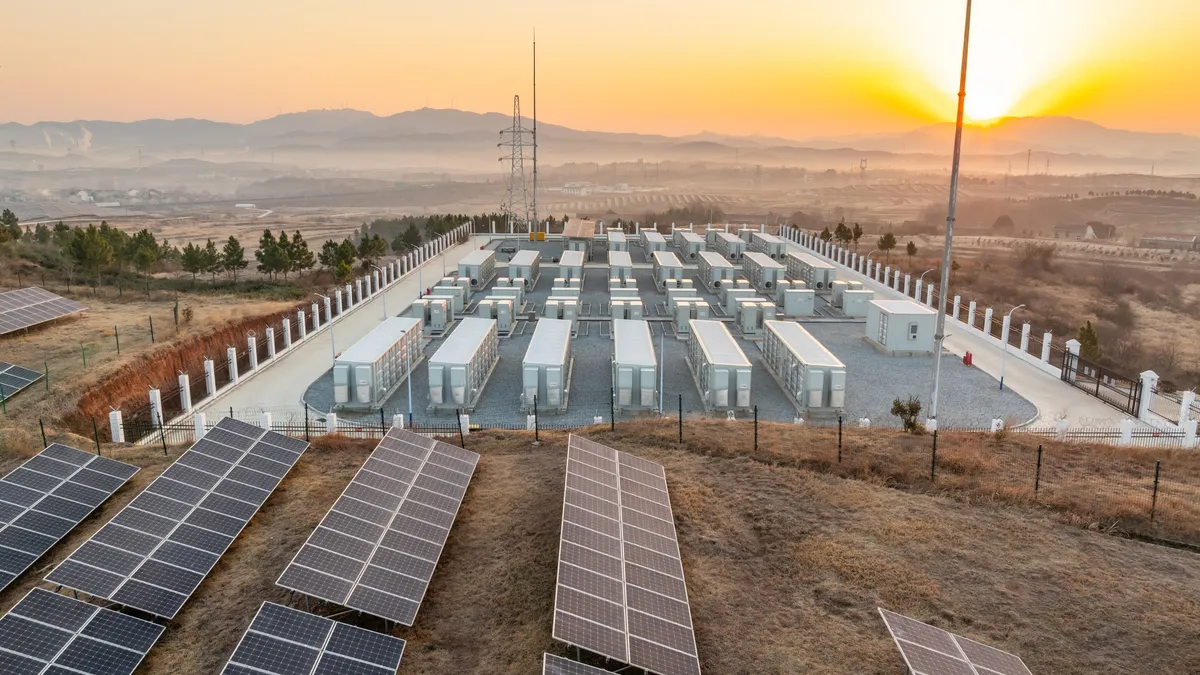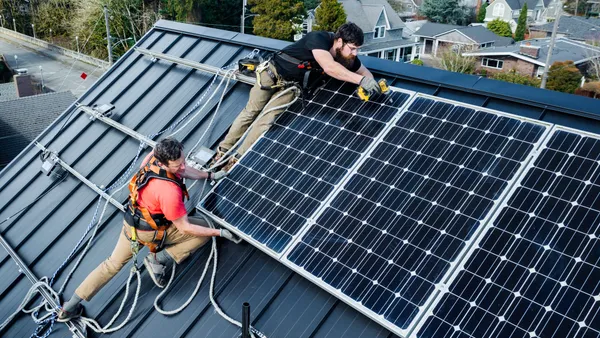Last year was the hottest on record, according to the EU’s Copernicus Climate Change Service (C3S). Not surprisingly, the summer of 2023 was also the hottest, according to global records dating back to 1880. Forecasts suggest this summer is likely to be just as hot or hotter, which means the demand for electricity will again be intense, and utilities will be looking for solutions to ensure grid reliability and manage costs.
During peak summer hours, the greatest number of homes and businesses have the highest demand for electricity, which also drives up the price of electricity on wholesale markets. At other times of the day or night, however, there is still plenty of capacity to spare. This is one of the reasons energy storage (typically in the form of battery storage) is so valuable in the context of rising temperatures and extreme weather brought on by the climate crisis.
Since June of 2023, each consecutive month has set new temperature records. “March 2024 continues the sequence of climate records toppling for both air temperature and ocean surface temperatures, with the 10th consecutive record-breaking month,” C3S deputy director, Samantha Burgess, said. “The global average temperature is the highest on record, with the past 12 months being 1.58°C above pre-industrial levels.”
While global average temperatures climbed higher, some U.S. regions escaped the worst of it last year. For instance, the East Coast recorded only its 35th warmest summer in 2023. But the U.S. National Atmospheric and Atmospheric Administration (NOAA) forecasts 2024 will be drastically different, with the I-95 corridor at the center of heat waves and only a few states in the Upper Midwest experiencing average summer temperatures.
The Impact of Rising Temperatures on the U.S. Power Grid
Despite “elevated risk” of energy shortfalls, as stated by the North America Reliability Corporation (NERC), the U.S. power grid largely withstood the test of 2023. No region of the country experienced significant blackouts caused by unmet electricity demand as businesses and homes ran air conditioners to combat the heat.
However, the U.S. Energy Information Administration (EIA) expects an increase in cooling demand for the upcoming summer of 2024. “We expect a hotter summer this year, with 7% more forecast cooling degree days in 2Q24 and 3Q24 than the same quarters in 2023,” the agency said on April 9.
Cooling degree days (CDDs) are a measure of how hot the temperature was on a given day or during a period of days. Degree days can be weighted according to the population of a region — such as the East Coast — to estimate energy consumption. Degree days are just one of the variables used to forecast and model impacts on the electric grid.
Looking forward, NERC highlighted continuing risks of capacity shortfalls in the Long-Term Reliability Assessment published in December 2023 and urged utilities and other stakeholders to add new reliability attributes and pursue initiatives to make existing resources more dependable.
Reliability Attributes Drive Investments in Energy Storage
Energy storage systems allow electricity to be stored — and then discharged — at the most strategic times. In other words, energy can be stored when there is a surplus, for times when there is a deficit.
The addition of large-scale energy storage is one of the most direct and efficient approaches to increasing the reliability of the electric grid and making current generation resources more dependable during summer months. This is because the risk of capacity shortfalls increases dramatically during times of peak demand — typically in the late afternoon and early evening.
By increasing the amount of grid-connect energy storage, utilities (or even energy-intensive businesses) can improve overall grid stability by storing electricity generated during off-peak times and discharging it during times of peak demand.
The U.S. Department of Energy’s Office of Electricity urges the development of energy storage devices to help manage power supply during peak demand. “These devices can also help make renewable energy, whose power output cannot be controlled by grid operators, smooth and dispatchable,” the Office states.
The market appears to be responding, as new energy storage deployments more than doubled between 2022 and 2023, according to BloombergNEF’s Energy Storage Market Outlook, and are projected to double again before the end of the decade. The rapid market growth is driven in large part by the favorable economics, especially as energy storage provides a hedge against increasing volatility in wholesale electricity prices. But grid reliability benefits will be just as important as the trend in hotter summers continues.
The Benefits of Solar-Plus-Storage on Reliability and Energy Costs
Grid reliability is improved by simply adding more energy storage capacity. But a growing number of utilities and businesses are choosing to deploy both energy storage and solar photovoltaics (PV), known as solar-plus-storage.
The opportunity for growth in solar-plus-storage is significant. A report out of Lawrence Berkeley National Laboratory in 2021 found that roughly 550 megawatts (MW) of energy storage had been paired with solar in behind-the-meter (BTM) applications, but that the bulk of it was for residential systems. An increase in large-scale solar-plus-storage deployments is one of the reasons the market for these applications is expected to grow from $4.4 billion in 2023 to $20 billion by 2030.
For utilities, adding energy storage to a solar installation allows excess capacity to be saved until the demand and transmission capacity is available, which allows for the development of larger solar installations. For an energy-intensive business, solar-plus-storage is a means of controlling high electricity costs and avoiding peak time-of-use charges.
Conclusion: The Value of Energy Storage Today
Battery storage creates a smarter, more flexible, and more reliable grid, and there are multiple applications for energy storage to add value to the grid today. Energy storage is not only essential to transitioning away from fossil fuels that contribute to the climate crisis, but also to mitigating the impact of rising temperatures on the electric grid.
Increasingly, utilities and businesses that don’t have the expertise or the bandwidth to finance, design, own and operate an energy storage or solar-plus-storage system are partnering with a developer, such as Convergent Energy and Power, who can help at each step of the way.










